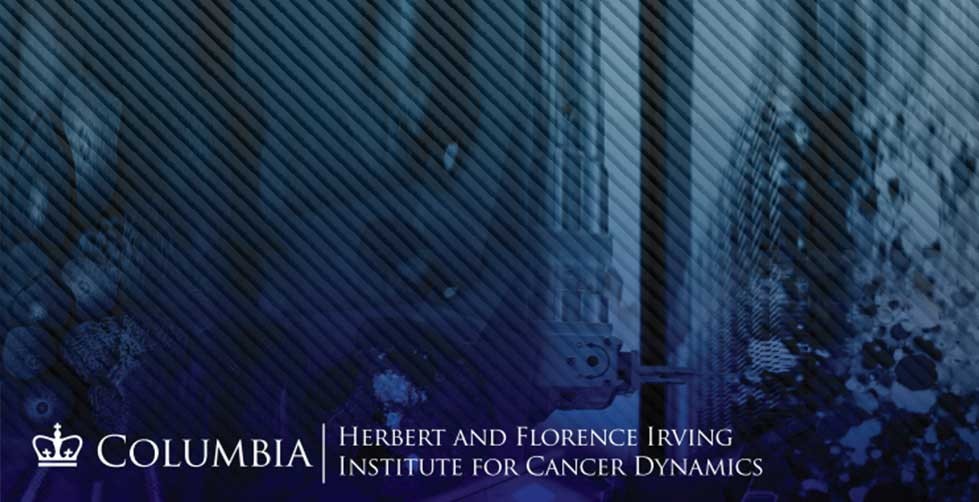Partnerships
The Herbert and Florence Irving Institute for Cancer Dynamics (IICD) collaborates with several partners, located both within and outside the Columbia community. Read more about IICD main collaborators below.
The more than 250 researchers at the Herbert Irving Comprehensive Cancer Center are organized into eight research programs. Program activities focus on different aspects of cancer, from its molecular and cellular mechanisms through its unique behavior in different tissues to statistical aspects of its occurrence and treatment in large populations. Nonetheless, the members of each program share a commitment to reduce cancer incidence and tumor progression and to improve the quality of life of those affected by cancer. For more information, see http://cancer.columbia.edu/
The Genome Center Cancer Group and the Polyethnic-1000 initiatives serve as models for our new Computational Cancer Genomics Working Group led by Dr Simon Tavaré (NYGC and Columbia University) and Dr Sohrab Shah (Memorial Sloan Kettering Cancer Center). This group will build collaborations that apply novel statistical approaches and population-level analyses to major cohorts in cancer genomics.
NYGC Core Faculty Members Marcin Imielinski, MD, PhD; Dan Landau, MD, PhD; and Neville Sanjana, PhD, are all also engaged in pioneering cancer research. For more information: https://www.nygenome.org/research-areas/cancer/
NYGC position opening:
To fully understand cancer, scientists need to know everything about a tumor – what types of cells are in it, how many there are, what they are doing and where they are located in the tumor. Having such a detailed picture of a tumor would allow scientists and doctors to develop new ways to diagnose and treat the disease, and new ways to stop it spreading and coming back.
But getting such an accurate, precise picture of tumors is extremely difficult to do. So difficult that it’s not been done before. In this Cancer Grand Challenge project, scientists aim to build a 3D tumor that can be studied using virtual reality and which shows every single different type of cell in the tumor. For more information, visit:

